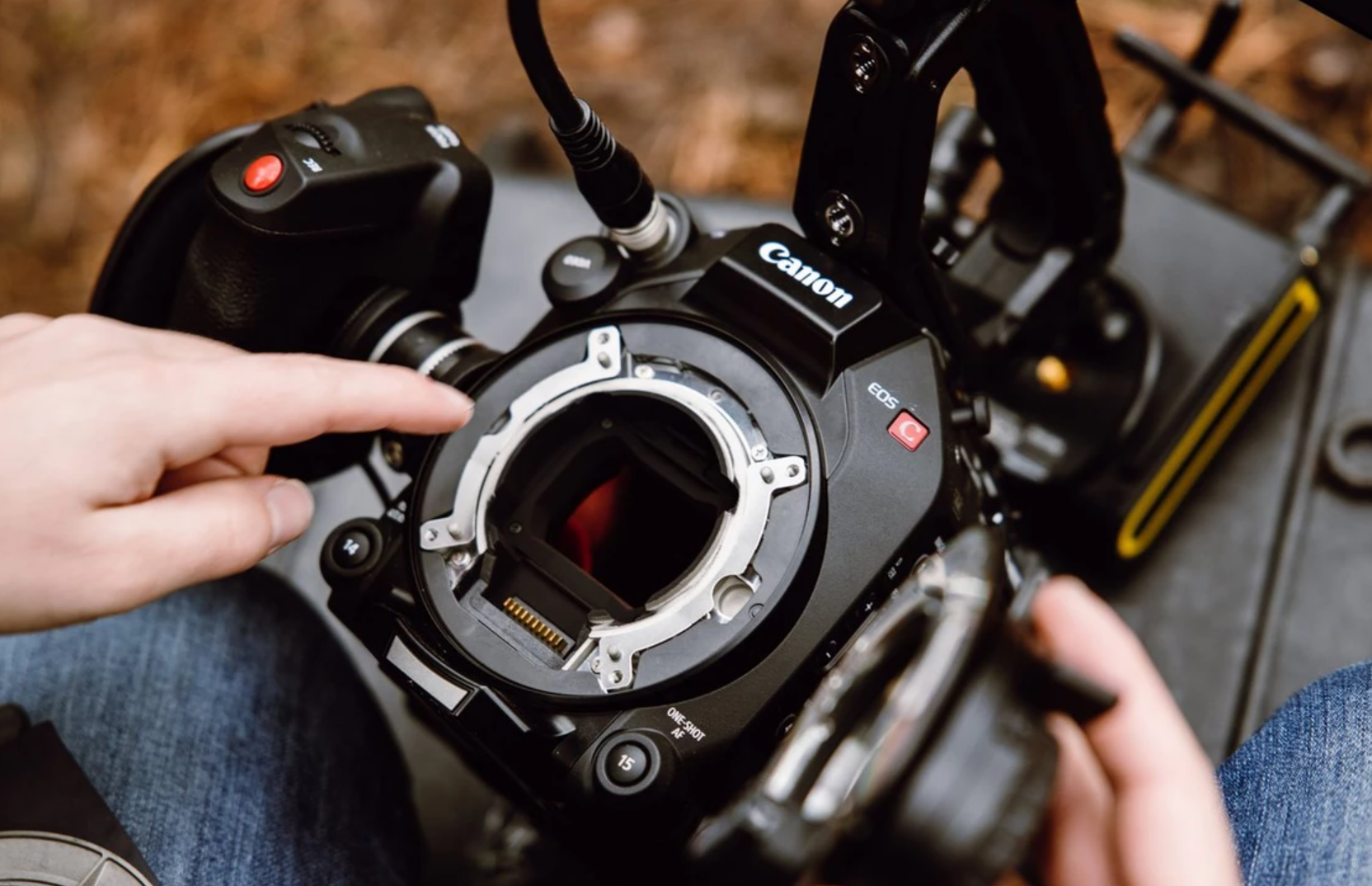When it comes to underwater photography, understanding sensor size is essential. It’s your camera’s heart. It affects image sharpness and color richness. So, let’s dive into why sensor size matters and how it impacts your shots beneath the waves.
Why Sensor Size Is a Game-Changer
Compact cameras are small, light, and convenient. They’re perfect for travelers and casual users. But their compact design comes with a trade-off: a smaller sensor. This affects the quality of your underwater photos in several ways.
A larger sensor means larger pixels and larger pixels capture more light (photons). Think of each pixel as a tiny bucket collecting light. The bigger the bucket, the more it can hold. This extra light means a higher dynamic range. Your photos will show more detail in both shadows and highlights. A larger sensor makes your images clearer, sharper, and more vibrant. This is especially true in tough lighting conditions.
For instance, you are photographing a sea turtle swimming under filtered sunlight. A larger sensor will capture the textures of its shell, the green in its body, and the blue in the water. A smaller sensor may fail to reproduce these details. You may get a less dynamic image.
Types of Sensors and Their Performance
The most common sensor in mirrorless cameras is the Micro Four Thirds (MFT). Brands like Olympus and Panasonic use it. Its size is much larger than the sensors in compact cameras. This means better image quality. For more detail and performance, mirrorless cameras are best. They have sensors that range from 1 inch to full-frame. The image below compares the sizes of different types of sensors.

For example:
Imagine photographing a coral reef bursting with life. A full-frame sensor will let you capture every detail. It will show the coral’s delicate textures and the tropical fish’s vibrant colors. This level of quality can enhance your underwater adventures significantly.
Sensor Size and ISO: Mastering Low-Light Challenges
Underwater environments are low-light. So, ISO settings are critical for exposure. But there’s a catch. Higher ISO levels can add digital noise. It reduces image quality. Let’s break it down.
The Role of ISO in Underwater Photography
ISO determines how sensitive your camera’s sensor is to light. In low light, like the ocean’s depths, raising the ISO can help brighten your images. However, there’s a trade-off. Higher ISO settings often cause noise. It appears as grainy or speckled textures in your photos.
Think of it this way: increasing ISO is like turning up the volume on a small speaker. While the sound gets louder, it also becomes more distorted. Raising the ISO increases the sensitivity of your camera’s sensor signals. This can cause interference and lower image quality.
Compact Cameras vs. Mirrorless Cameras at High ISO
Compact cameras are notorious for noisy images at high ISO settings. In auto mode, they often push ISO to the upper limits to compensate for low light, resulting in grainy photos. For example, in dim waters, a compact camera might struggle to photograph a manta ray. It may not get a clear, detailed shot.
To avoid this, switch to manual or semi-automatic modes (like P mode). This allows you to set a lower ISO (e.g., 100, 200, or 400) for cleaner images. Pair this with a wide aperture or slower shutter speed to ensure proper exposure.
But mirrorless cameras excel at handling high ISO settings. Thanks to their larger sensors, they produce cleaner images even at ISO 1600 or higher. For example, you could shoot at ISO 3200 in dim light. You’d still get a vibrant, detailed photo of a school of fish lit by your dive torch.
Practical Tips for Using ISO Underwater
Why Sensor Size and ISO Matter for Your Underwater Photography Journey
The right camera and its features can transform your underwater photography. Larger sensors and good ISO settings let you capture the magic of the underwater world. It will be clear and vibrant. The right gear and settings matter when photographing a vibrant coral reef or a whale shark.
So, are you ready to take the plunge? Grab your camera, explore the deep, and create images that tell your underwater story. Happy shooting!
Illustrations:
- A comparison chart of sensor sizes (compact, MFT, APS-C, full-frame).
- Side-by-side examples of images taken at low and high ISO levels.
- A vibrant underwater photo showcasing dynamic range and detail.
